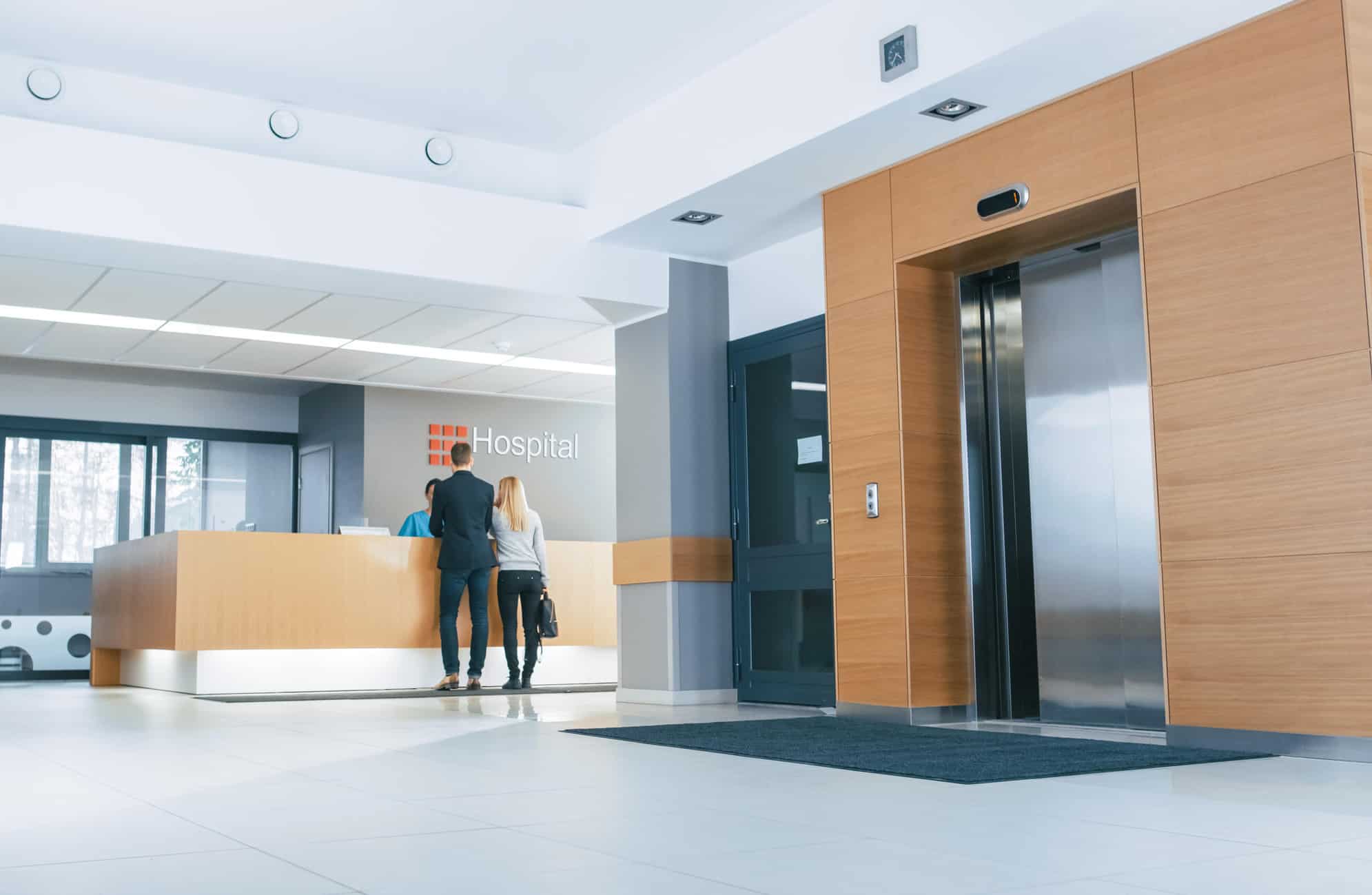Hospital Elevators
Hospital elevators are specialized elevators designed to transport patients, staff, and equipment within healthcare facilities, prioritizing efficiency, safety, and hygiene.
Key features:
- Priority control: Allows staff to prioritize patient transport
- Large capacity: Accommodates patients, staff, and equipment
- Smooth operation: Minimizes vibrations and noise
- Hygiene-focused design: Easy-to-clean surfaces and antimicrobial materials
- Advanced safety features: Emergency stop, backup power, and more
Types:
- Patient elevators: For transporting patients and staff
- Service elevators: For transporting goods, supplies, and equipment
- Staff elevators: For staff-only transportation
Importance:
- Patient care: Efficient transport of patients and medical staff
- Infection control: Hygiene-focused design reduces risk of infection spread
- Staff efficiency: Streamlines transportation of goods and supplies Hospitals benefit from lifts in several ways:
- Patient transportation: Safe and efficient transportation of patients between floors.
- Staff convenience: Easy access to different floors for healthcare professionals.
- Equipment transport: Facilitates movement of medical equipment and supplies.
- Visitor access: Provides convenient access for visitors.
- Emergency response: Enables rapid response to emergencies.
Hospital lifts often feature:
- Priority call systems: Allows staff to prioritize emergency calls.
- Specialized lifts: Designed for specific purposes, such as patient lifts or surgical equipment lifts.
- Infection control features: Designed to minimize the spread of infections.
These benefits contribute to improved patient care and operational efficiency.
Hospital lift operation features may include:
- Priority call systems: Allows staff to prioritize emergency calls.
- Destination dispatch systems: Optimizes lift usage and reduces wait times.
- Key card access: Restricts access to authorized personnel or areas.
- Smooth and quiet operation: Provides a comfortable ride for patients.
- Emergency power backup: Ensures lift operation during power outages.
- Specialized lift modes: Designed for specific purposes, such as patient transport or equipment movement.
These features enhance the efficiency and safety of hospital operations.
Hospital lift safety features may include:
- Emergency stop buttons: Halt lift operation in emergencies.
- Safety sensors: Detect obstacles and prevent accidents.
- Backup power: Ensures lift operation during power outages.
- Priority emergency response: Allows for rapid response to emergencies.
- Anti-trap features: Prevents entrapment of patients or staff.
- Load capacity limits: Prevents overloading.
- Infection control features: Designed to minimize the spread of infections.
- Regular maintenance alerts: Notify when maintenance is due.
These features prioritize patient and staff safety.



